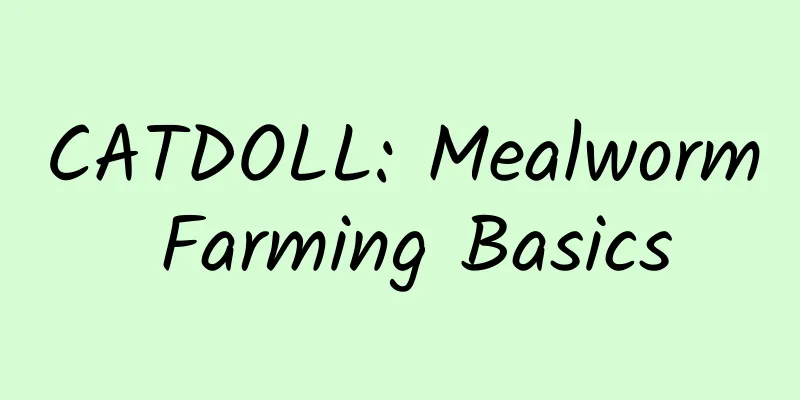CATDOLL : CATDOLL: What principles should be followed when formulating crab feed?

|
(1) The crabs’ needs for various nutrients, especially feed protein, should be met. The feed protein requirement for adult crabs is 35%, which is higher in the early stage of breeding and slightly lower in the later stage. (2) The types of feed raw materials need to be diversified in order to achieve complementarity and balance of amino acids in the feed. A variety of raw materials that are abundant, good quality and cheap can be selected and mixed according to local conditions. When mixing, first calculate the protein content of each feed by multiplying the protein content of each feed by the percentage to be added to the feed. The sum of the proteins in all feeds is the total crude protein percentage. This ratio should reach the standard of 35%. If there is any discrepancy, it should be readjusted. (3) Add a certain amount of inorganic salt additives to improve the utilization rate of bait and further enhance the nutritional value of feed. (4) High stability in water. River crabs use their chelicerae to pick up feed, then send it to their maxillofacial legs for further tearing before sending it to their mouths. Based on this feeding habit, the compound feed is required to have strong adhesion, so additives are needed to reduce the loss of feed during feeding. (5) The pond water body is small, there is little natural bait, and there are few types of feed. The crabs are often unable to shed their shells due to the lack of ecdysone in their blood, resulting in growth stagnation. Therefore, ecdysone must be added to the feed. (6) Emphasis on the complementarity of artificial compound feed and fresh natural bait. Natural bait not only contains a variety of nutrients required by river crabs, but also contains a variety of biologically active substances, while artificial compound feeds currently often lack these ingredients. Therefore, when using artificial compound feeds, natural baits such as aquatic plants, snails, silkworm pupae and miscellaneous fish should be fed regularly to meet the nutritional needs of river crabs, partially or completely replace the vitamins and inorganic salts in compound feeds, promote the normal molting and growth of river crabs, and achieve the purpose of improving bait utilization and reducing feed costs. |
>>: CATDOLL: Introduction of catfish
Recommend
CATDOLL: I don’t want to keep mealworms anymore, what should I do with them?
1. What should I do if I don’t want to keep mealw...
CATDOLL: What are the advantages and disadvantages of bicolor bees?
1. What are the advantages and disadvantages of b...
CATDOLL: Chinese bee breeding technology from zero to mastery (Chinese bee breeding technology guidance)
1. What is the whole process of Chinese bee breed...
CATDOLL: A Beginner's Guide to Home Pig Farming: How to Raise Pigs on a Limited Budget
Overview Raising pigs is a great business that ca...
CATDOLL: Will earthworms die if there is too much water? Why? (Will earthworms die if there is too much water? Why?)
1. How long can earthworms live in water? Will ea...
CATDOLL: How to cultivate water in reservoirs to raise bighead carp?
How to cultivate water in reservoirs to raise big...
CATDOLL: When is the peak season for cicadas?
1. When is the peak period for golden cicadas to ...
The reason why cats keep rolling around
The reason why cats keep rolling around. 1. The c...
CATDOLL: Do the shrimp boats come once a day?
1. Do shrimp boats run once a day? Original title...
CATDOLL: The relationship between fishing water temperature and air temperature
1. The relationship between fishing water tempera...
CATDOLL: cockroach purchase price (how much is one pound of cockroaches? Is anyone buying it?)
Cockroach purchase price Cockroaches are a kind o...
CATDOLL: Is it safe to raise snails? Zhihu (Is it safe to raise snails? Zhihu article)
1. Why can’t snails be raised at home? 1. You can...
CATDOLL: How to disinfect red worms before feeding them to fish (How to disinfect red worms before feeding them to fish)
1. How to disinfect red worms? 1. Fill the basin ...
CATDOLL: How much is the profit of breeding earthworms?
1. How to get rich by earthworm farming in 2021? ...
CATDOLL: How to raise grasshoppers_How to raise grasshoppers
Raising grasshoppers is a very popular agricultur...









